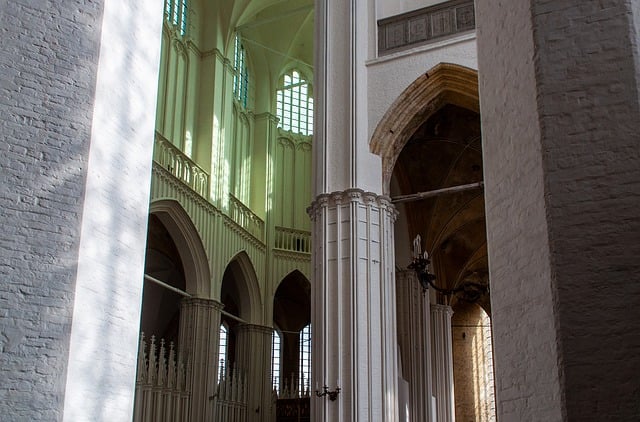Eco-Friendly Designs: Harnessing Sustainable Materials in Modern Architecture
As the world becomes increasingly aware of the impact human activities have on the environment, the architecture community is stepping up to the plate by embracing eco-friendly designs. One of the most significant areas of focus in this movement is the use of sustainable materials in construction. These materials not only help in reducing the ecological footprint of buildings but also add a sense of purpose and pride to the architecture we see today.
The Rise of Sustainable Materials
In recent years, there has been a notable shift towards incorporating sustainable materials in architectural designs. This trend is not merely a passing fad; it reflects a deepening commitment to environmental responsibility. Architects and builders are increasingly opting for materials that are renewable, recyclable, and energy-efficient, ensuring a harmonious balance between function and nature.
Natural Materials: A Return to Roots
Many contemporary architects are drawing inspiration from natural sources, utilizing materials such as bamboo, reclaimed wood, and natural stone. Bamboo, known for its rapid growth and strength, is becoming a favorite among progressive designs. It’s not just about aesthetics; by choosing natural materials, builders reduce the demand for resource-intensive alternatives, paving the way for a more sustainable future.
Innovative Mixed-Use Designs
Modern architecture is also seeing the emergence of mixed-use developments that prioritize eco-friendly practices. Combining residential, commercial, and recreational spaces into one cohesive structure can significantly reduce the carbon footprint associated with urban sprawl. When these designs incorporate sustainable materials, they contribute to the well-being of their communities while maintaining a minimal ecological impact.
Energy-Efficient Innovations
Another critical aspect of utilizing sustainable materials is their potential to enhance energy efficiency. Insulation made from recycled materials, for instance, plays a vital role in reducing energy consumption. Additionally, the use of solar panels and green roofing not only promotes sustainability but fosters a connection between architecture and nature, creating spaces that breathe life into their surroundings.
Creating Healthier Living Environments
Opting for sustainable materials also significantly impacts the inhabitants’ health. Materials free from harmful chemicals contribute to better indoor air quality, reducing health hazards associated with toxic substances. Such choices reflect a growing trend towards creating healthier living environments that prioritize the well-being of individuals and families.
Community and Eco-Consciousness
As communities become more eco-conscious, the preferences for sustainable architecture will inevitably grow. Investors and homeowners alike are increasingly looking for designs that reflect their values, pushing architects to push boundaries and innovate further. This shift in demand not only promotes the use of sustainable materials but also fosters a culture of eco-awareness that transcends architecture, inspiring sustainable living in broader contexts.
Incorporating sustainable materials in modern architecture is more than just an architectural trend; it’s a profound statement about our shared responsibility towards the planet. As we move forward, it is crucial to recognize architecture’s role in sustainability and to champion designs that not only stand the test of time but also nurture our environment.




